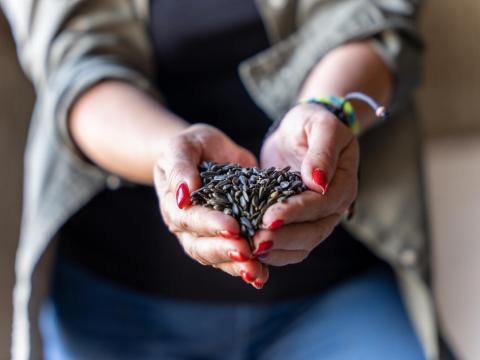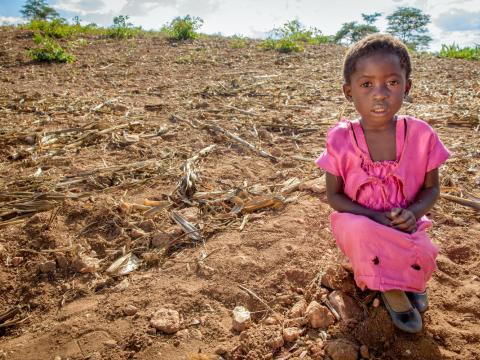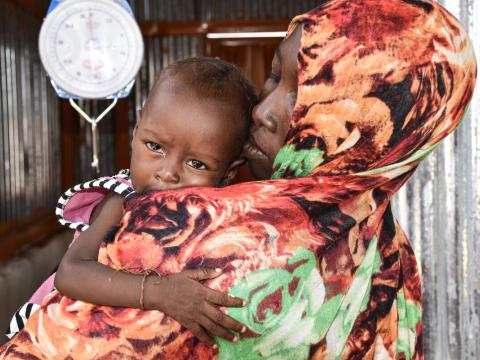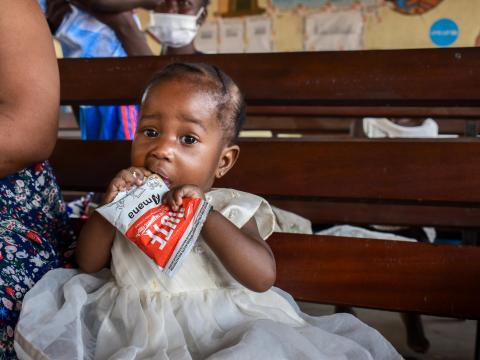
Child Wasting: Where do we go from here?
As the G7 prepares to talk global hunger crisis, nutrition expert Colleen Emary lists the wins and ‘what next’ in preventing children from dying of acute malnutrition.
‘What if we run out of beds?’ ‘What about the families who live far from here?’ ‘Is there a better way?’ These are some of the questions I asked myself 20 years ago as I worked in a therapeutic feeding centre supported by World Vision in the Democratic Republic of Congo. Back then, families with a severely malnourished child had to seek care at an in-patient facility, where they would stay for about a month. A limited number of children could receive care in these centres, depending on how many beds were available, and access was difficult, especially for families living in remote communities. Such barriers meant that many children who needed care simply could not get it.
This matters because wasting, also known as acute malnutrition, is deadly. A child suffering from severe wasting is nearly 12 times more likely to die than a healthy child. Having easy access to care, before a child’s case of malnutrition becomes more advanced and more difficult to treat, is essential. Twenty years ago, I could see that change was needed in the way care was provided for these children.
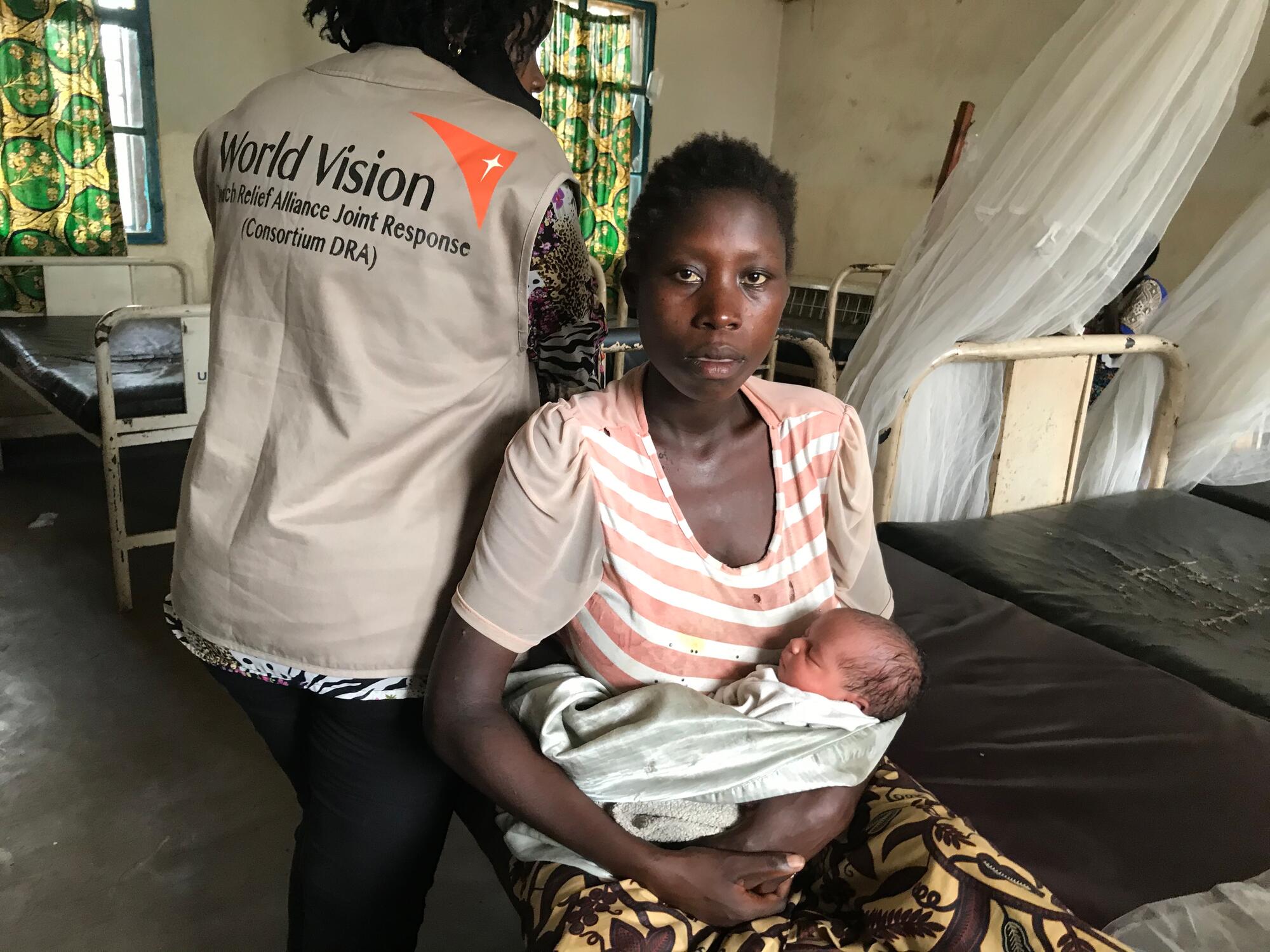
Thankfully, that change was on its way! The advent of community-based therapeutic care, which later became known as Community-based Management of Acute Malnutrition, or CMAM, transformed the treatment of wasting. Through the availability of ready-to-use therapeutic foods (RUTF), children were able to receive care while remaining at home, with weekly checkups by a healthcare worker. Inpatient care was reserved for only the sickest, most malnourished children. The CMAM approach meant that many more children could receive care compared to the therapeutic feeding centre approach.
World Vision was an early adopter of CMAM, with our first programme in Niger in 2005. We began consolidated tracking of CMAM programme data in 2010. Between 2010 and 2021, more than 1.8 million children under 5 years of age and over 500,000 pregnant and lactating women have received care for wasting through WV-supported programmes. We estimate that between 91,855 and 105,958 lives of children between the ages of 6 and 59 months were saved through these programmes. Our recent report, World Vision’s Journey to End Wasting: Moving Forward with Capacity, looks back on the past 17 years of WV’s implementation experience and reflects on what is needed for the future.
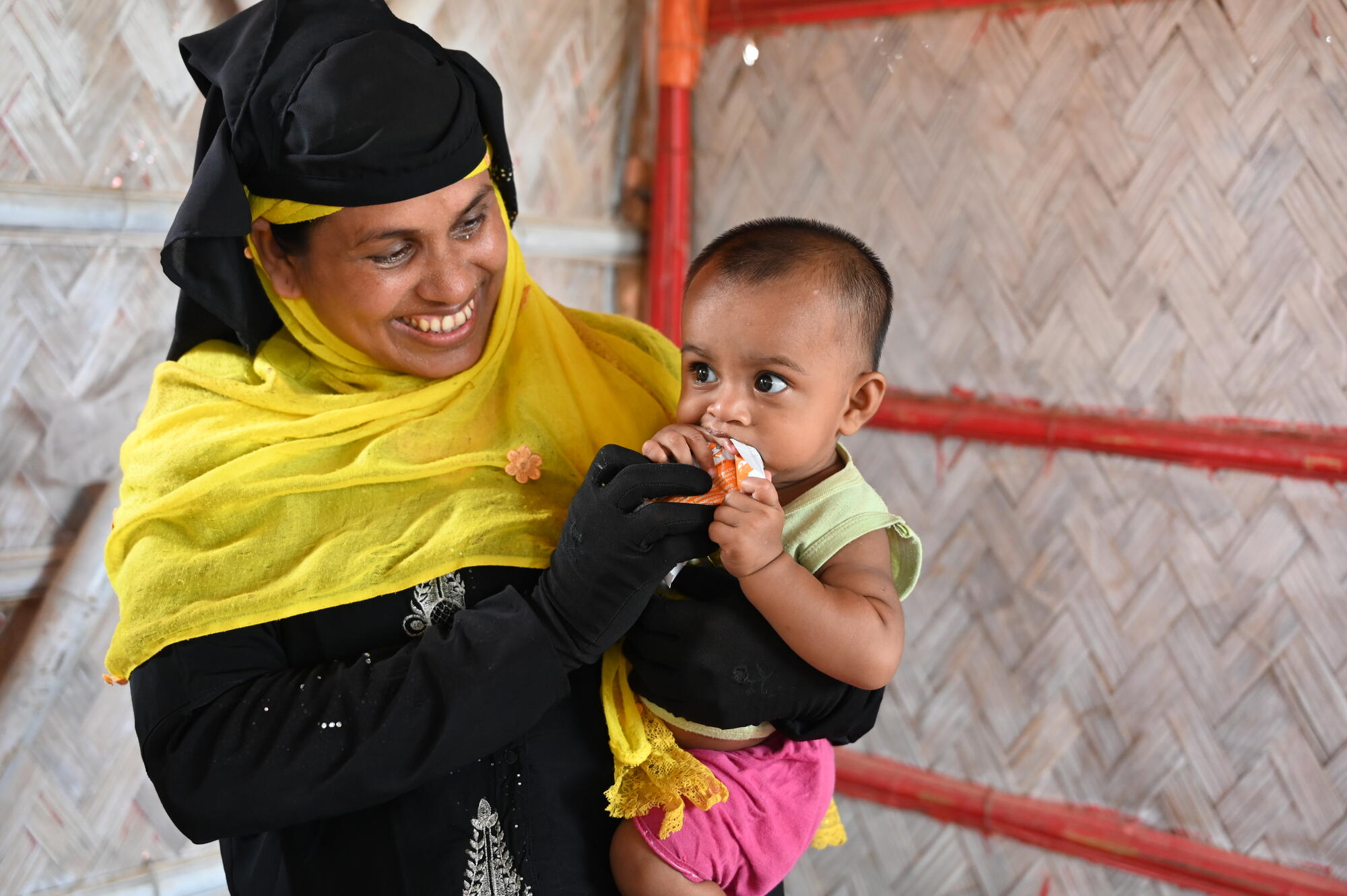
While CMAM was transformational at the time, much more is needed. Coverage, meaning the proportion of children with wasting who receive the care they need, is stubbornly low. Only one in three children with severe wasting receive the treatment they require (UNICEF, 2021). Meanwhile, cases of wasting are rising around the world due to the impact of the COVID-19 pandemic, climate-related emergencies, conflict and the rising cost of food.
Here is what is needed:
- Strengthened health and community systems, including expanded surveillance, referral mechanisms, nutrition competency, supply chain management, and policy.
- Evidence generation on the effectiveness of alternative RUTF formulations that can be produced from local staple crops and benefit local producers while reducing the reliance on imported ingredients.
- Scale up of simplified approaches, such as Family MUAC, Community Health Worker (CHW)-led treatment and a combined treatment protocol.
- Establish an accountability mechanism within the health system for coverage and treatment outcomes.
The above will not be achieved without a greater investment of domestic and international funding, along with dedicated advocacy to put wasting on the forefront of the global health and nutrition dialogue.
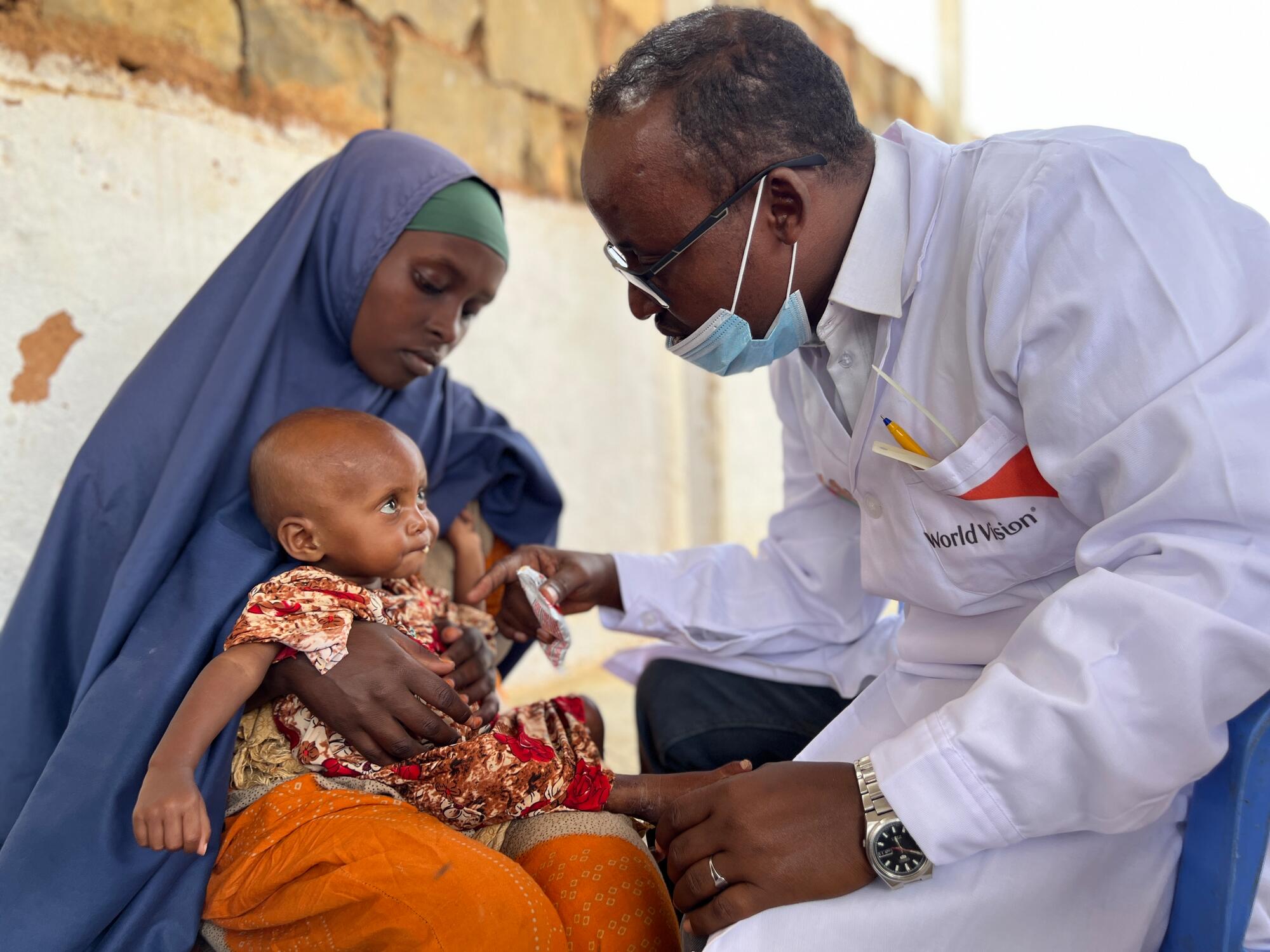
Reflecting back on the evolution of wasting treatment over the past 20 years, and looking to the opportunities that lie ahead, I am hopeful. I feel that we are on the cusp of yet another fundamental shift in how wasting is prevented and treated, which will save millions of lives. However, now is not the time to be complacent. With multiple crises vying for attention, it will take tireless advocacy on all our parts to ensure that wasting is not forgotten.
Colleen Emary is Senior Technical Advisor, Nutrition for the Technical Services Organisation at World Vision. She is a public health nutritionist, with 20 years of experience working on global nutrition issues. She has provided leadership for design, implementation and evaluation of nutrition programmes, including short-term and remote technical support for several countries in Africa, Asia and Latin America, along with emergency deployments to Bangladesh, Chad, and Democratic Republic of the Congo. She is an active contributor to the global emergency nutrition community, as a member of the Global Nutrition Cluster (GNC) Strategic Advisory Group and of the GNC Technical Alliance Leadership team. Follower her on Twitter @Cremary
